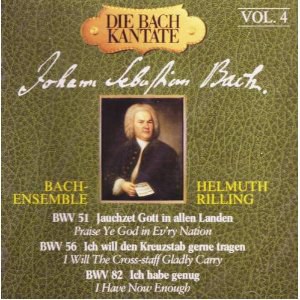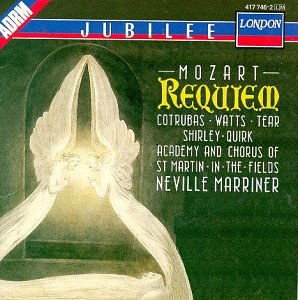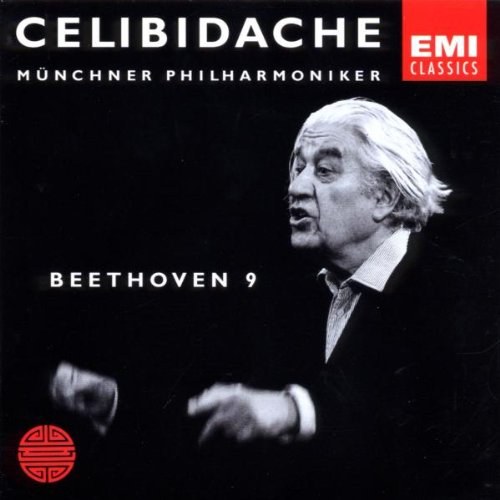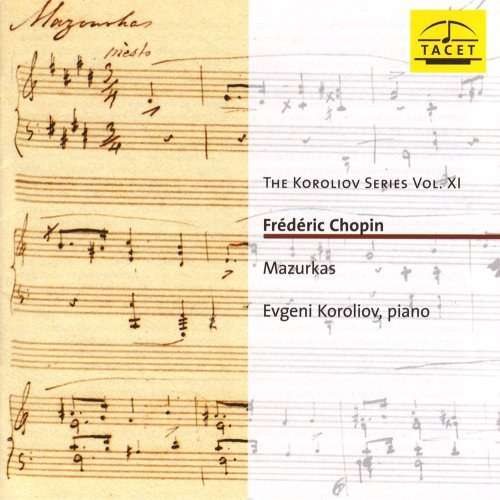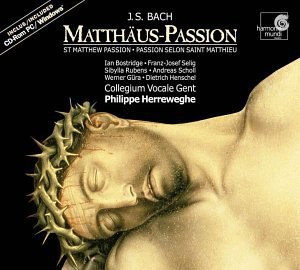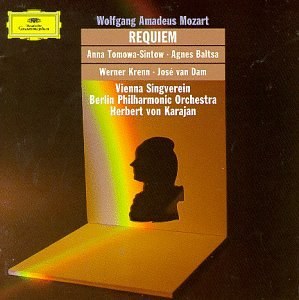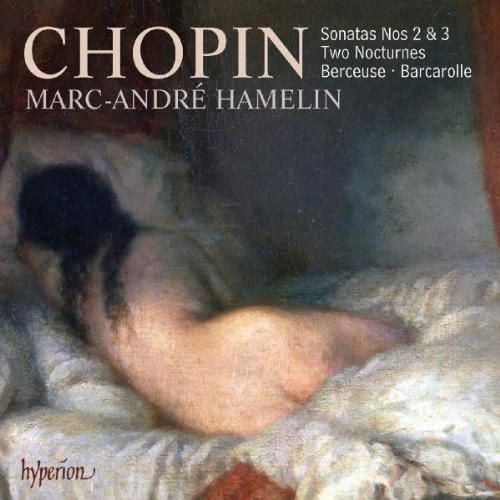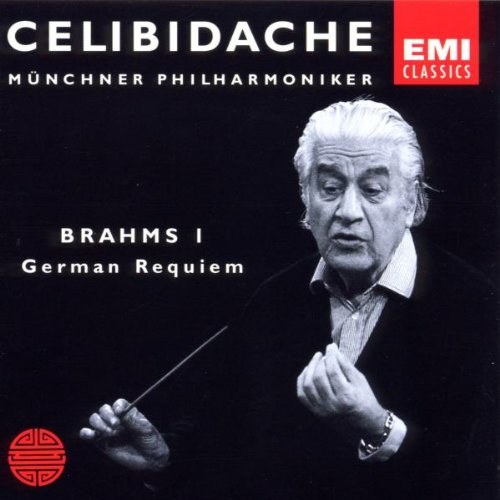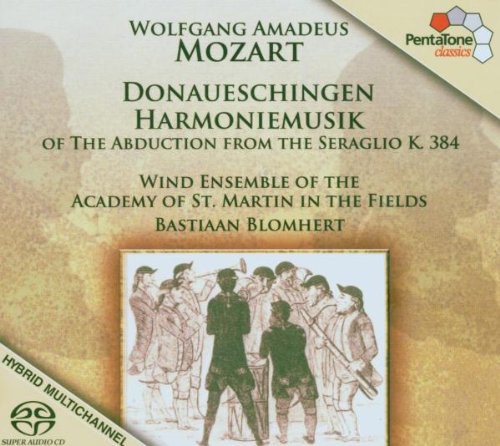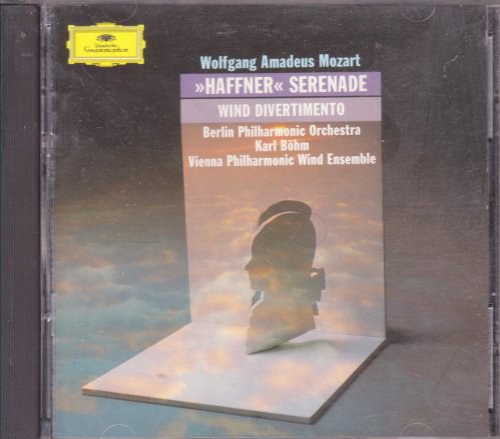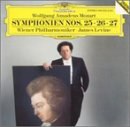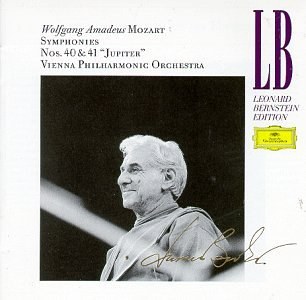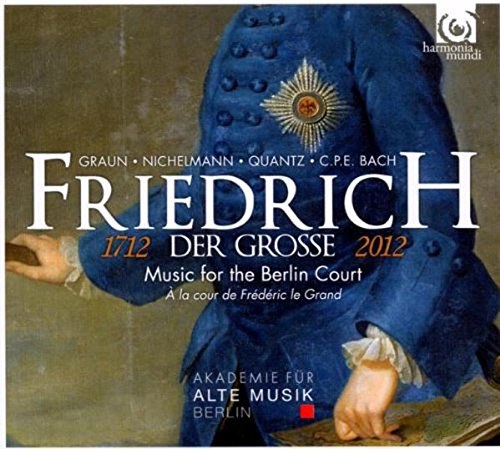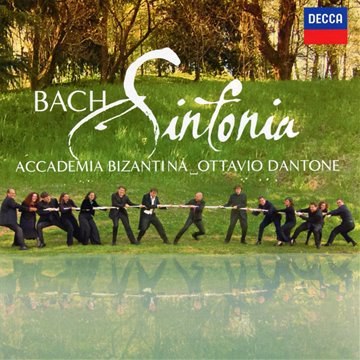It is great to have award-winning Marc-André Hamelin back in the studio, returning to one of his favorite venues the Henry Wood Hall. Recent discs from him have focused on music which is either under-recorded or technically superhuman or both. It is particularly fitting that this French-Canadian pianist has chosen an ‘all Chopin’ recital for this latest Hyperion project. It was not long ago in November and December 2008 when Hamelin appeared in Toronto’s Jane Mallet Theatre and Hong Kong’s City Hall and performed selections of these works in recitals which I attended. I reviewed the latter of these here. It has taken Hamelin well over a decade with Hyperion before he has found it apt to turn his attention to the two mainstays of the Romantic repertoire: Chopin’s Piano Sonatas Nos. 2 and 3, and particularly with the former. It has been nearly fifteen-years since he last recorded the B Flat Minor Sonata which took place in Montréal for the Canadian Port-Royal label. By comparison the results today sound more vibrant and youthful than ever, and they have been stunningly recorded by Hyperion recording engineer Simon Eadon and producer Andrew Keener.
Who else but Marc-André Hamelin can open an all-Chopin recital with the gentle, extraordinarily colouristic Berceuse and get away with it? The pianist quickly puts listeners in his confidence with his silky legato, impeccable balance between the hands, and discerning rubatos. Perahia and Kempff may boast more tonal shimmer, yet Hamelin impresses with his introspective approach.
Completed in 1839, the Piano Sonata No. 2 in B flat minor is most commonly referred to as the ‘Marche funèbre’, owing to the intense mournful mood of the celebrated third movement. In the first, one notices Hamelin’s austere and forthright playing. The dreamy dusk-like quality of the contrasting lyrical second theme is remarkable. The Scherzo feels like a frightening and reckless chase that Hamelin follows with contrasting passages of wistful introspection. It is difficult to imagine a more somber, controlled and assured quality to the “Funeral March”. The fragrant Elegy at 2:38-4:44 is reminiscent of a serene and tender scene from a child’s nursery. I enjoyed the short and enigmatic final Presto where Hamelin’s passagework balances brutal torment with uncontrollable fever.
This disc is interspersed with some of Chopin’s greatest single-movement works which start with the D Flat Major Berceuse. The Op.27 Nocturnes come across as lyrical vocalizes - beautifully arched by left-hand accompaniments. The weakness comes from Hamelin’s Barcarolle, which falls short in his use of agogic and fluctuations of rhythm compared to celebrated readings of Dong Thai Son or Fou Ts’ong, pianists whose Barcarolles were characterized by great nobility and magnificent technical fluency.
Better by far was Chopin's B Minor Sonata. Hamelin brings to the work to life though his innate musicality and his ability to voice the inner parts. A further gain lies in the remarkable amplitude and sensitivity he draws from the Steinway piano; this even in the quietest of passages. The Scherzo second movement, minimally pedaled unlike his interpretation from Hong Kong last December, had wings, its reprise subtly varied and feather-light. The Largo third movement, like a benediction, lifts the mind and heart. The finale's unleashed menace was fully realized; when the floodgates finally opened, there was absolutely no doubt as to where the work's one real climax lay.
Hamelin’s Chopin recital all-in-all is characterized by innate musicality, great nobility and magnificent technical command. I found the sound quality pleasingly realistic. The liner-notes from Jim Samson are educational and offered me a Saturday afternoon where I learnt new things about Chopin.
